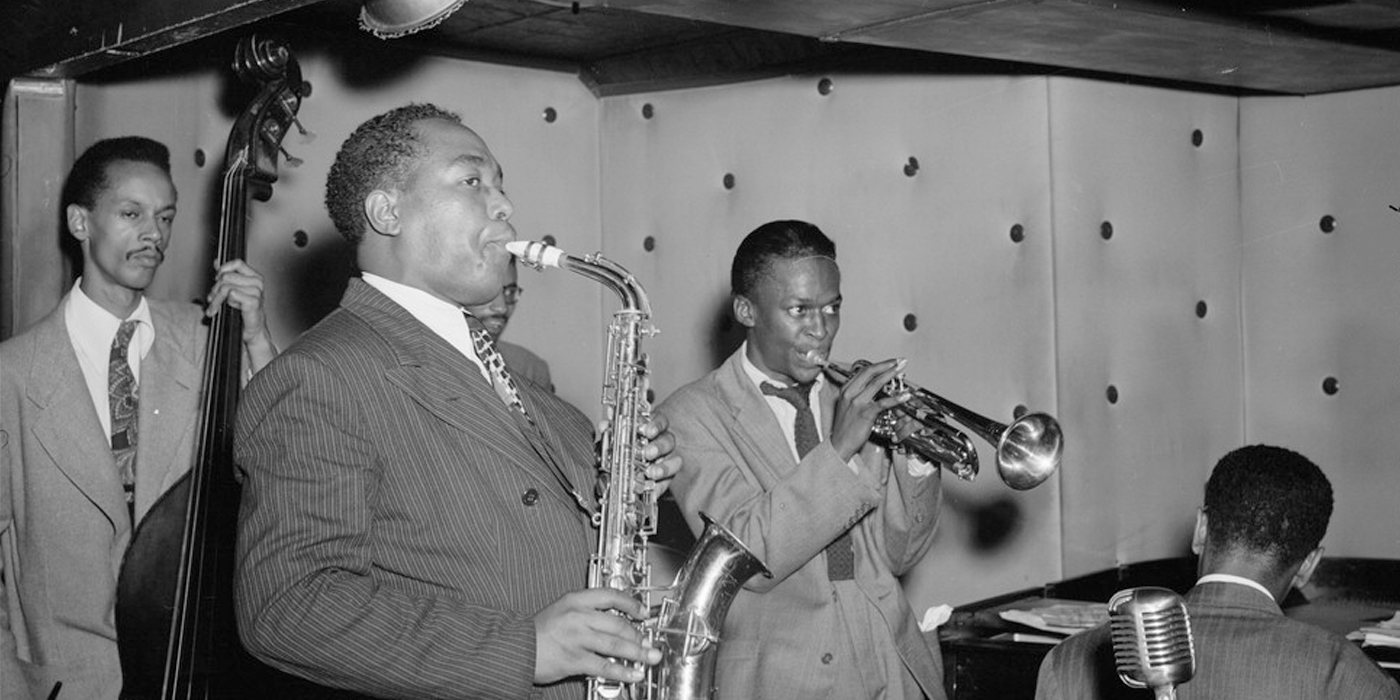
One of the biggest skills any improviser should develop is the ability to create melodic ideas. The creation of these licks is integral to the jazz musician, and as teachers and performers, we want to grow this skill as quickly as possible. Fortunately, there are exercises that can be specifically tailored to the focused development of creating melodic solos. Here are four effective ways to nurture this skill in your students:
1. Call and Response
Call and response is one of the most well-known ways to work with improvisers, and for good reason. This type of exercise builds on nearly all skills that it takes to play jazz — from ear-training, style, articulation, and repetition- -to developing melodic sense. Classic jazz licks are simply short phrases of melody. As the teacher, call and response exercises demands that you have some experience with playing jazz. However, if you are not the greatest-and-most-wonderful improviser of all time, there is no need to worry; with the development of technology has come aid. SmartMusic and other online sources offer many different method books and exercises that can walk you through using call and response in your classroom.
2. Singing
“What, singing? With my band?” Yes indeed, singing has been research-proven to help develop an instrumentalist (See “To Sing or Not to Sing in Instrumental Class” by Mitchell Robinson), and educators who sing in their instrumental classrooms swear by it. Sung improvisation is a fantastic way to build on a student’s melodic sense without adding the instrument into the equation. Most of the anxiety that comes with jazz improvisation stems from the idea that the student doesn’t know “which notes to play;” in other words, they are more worried about whether they’re playing in the key/chord than if what they are playing sounds good. Singing opens up some of those doors, although some students may feel less comfortable with the concept.
When singing melodic lines however, the student is able to focus on something that sounds good AND can follow along with articulation and style without adding all the extra factors playing an instrument can have. A great way to introduce singing is to combine it with call and response. For inspiration do a YouTube search for “scat singing.” You will quickly find everything from Ella Fitzgerald to Beyonce.
3. Using the Piano
When developing melodic ideas for beginning improvisers, it can help to play, for example, different chords under the same melodic line. This can be as simple as moving between I, V, and IV, or it can be as complex as investigating 13ths. However, one of the biggest obstacles to overcome in a student’s understanding of melodic creation is not the usage of chord tones, but the usage of non-chord tones in establishing the melody. Using the piano allows you can more easily show your students the melodic line and adjust the melody of choice on the fly. Showing these variations offers your students a deeper understanding of the freedom in improvisation and can help them be more creative.
4. Using Already Established Melodies
A common method of improvising among the most popular of jazz artists comes by embellishing, or adding variation to, the main melody. This exercise can take more time to establish and investigate with your students than the other methods above, but can yield amazing results. Taking a very popular melody, like When the Saints Go Marching In or Amazing Grace, and adding embellishment to it is a great exercise to continue growing your students’ melodic lines. One approach is to allow students 5-15 minutes to play around in small groups with the melody, and returning as a class to discuss and put names to concepts they develop. Using previously established melodies as creative fodder is extremely natural, so letting your students do the work finding ideas and common strategies for improvisation works well in this case.
Many have said that improvisation is merely a form of dynamic, on-the-spot composition. We want to foster this musical development in our youngest improvisers at their earliest stages of learning, and the concepts listed above are great ways to start.
Photo from the William P. Gottlieb collection at the Library of Congress. L to R: Tommy Potter, Charlie Parker, Max Roach (almost hidden by Parker), Miles Davis, and Duke Jordan.